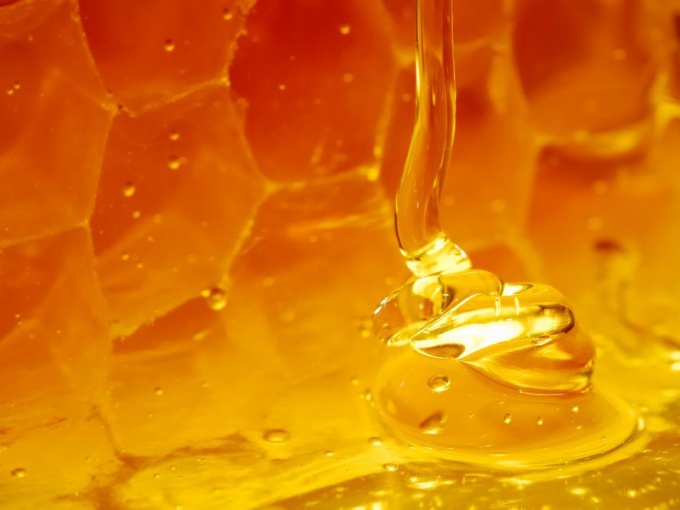You will need
- - white bread;
- - bowl;
- - med;
- - rough paper;
- - saucer;
- - wooden stick.
Instruction
1
Buy to start a honey 2-3 regular sellers of 100 grams per sample and check its quality. Cut a slice of white bread, pour a little honey into a separate bowl (if the test is carried out in the main dishes, where there is honey, there will be crumbs). Dip slice of bread in the honey for 10 minutes, remove, place on a saucer. Let's see what will become of the piece of bread if it will soften, before your sugar syrup, not honey; if cured, the honey quality.
2
Brew a weak, weak tea. Pour into a glass Cup tea through a strainer to the Cup from floating tea leaves. Put it in a tea with 1-2 teaspoons of honey, stir, watch, is there a precipitate if there is honey with added sugar, if the tea has darkened, but is no residue, a veritable honey.
3
Inspect the honey directly into the container at the time of purchase: if the honey is cloudy, with sediment, added sugar, starch or something similar; a real honey usually transparent (but acacia honey is unclear - this is normal), no matter what color he was.
Smell honey: if you added sugar, it will have no flavor.
Smell honey: if you added sugar, it will have no flavor.
4
RUB a little honey between your fingers: if the touch structure and rough on the fingertips remained matted clumps, then the honey is added sugar, if honey is easily rubbed and absorbed into the skin, then it's real.
5
Take a sheet of rough paper that absorbs moisture, put it on a silver platter. Dip in honey wooden stick, drip the honey onto the paper and watch what happens: if the honey will splatter or seep through, it is added to the sugar syrup.
6
Please note that over time, when honey gets old, it becomes cloudy and thickens. Look closely, what color is honey: if he is unnaturally white, it is the so-called "sugar honey"; the bees that did it, not released in the field to collect nectar, but simply fed sugar.
7
Check the consistency of honey: dip a spoon in a container of honey, slowly pull out the honey needs to "drain" thick ribbons to form "hills" on the surface.
